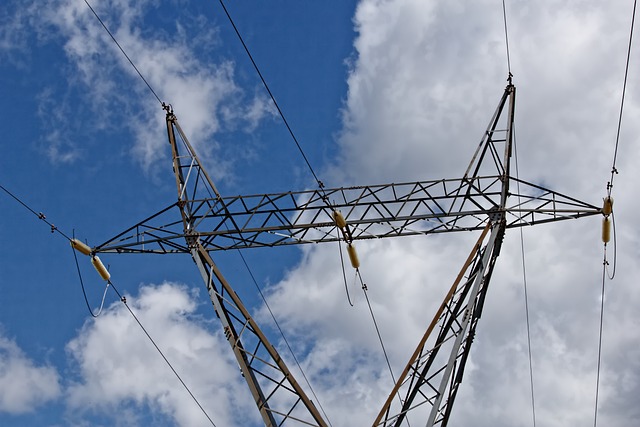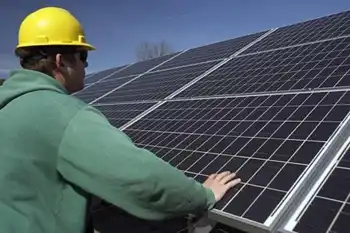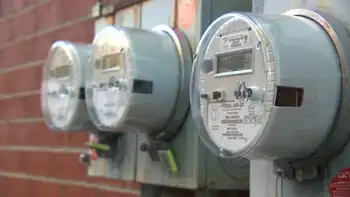Photovoltaic farming is growing
By Ottawa Sun
Protective Relay Training - Basic
Our customized live online or in‑person group training can be delivered to your staff at your location.

- Live Online
- 12 hours Instructor-led
- Group Training Available
It's my adult-version of a children's anthem telling winter to stick it where the sun don't shine.
And I'm thinking that must be a bad, sad, place.
June 20 marked the official beginning of summer and sunshiny days. Every year we're reminded of the healing balm of the sun's rays after a dispiriting winter. We bask in the sun and let the light recharge our depleted batteries - an energy source that's undervalued in a country of sun-worshipping idolaters.
"We have in the populated areas of Canada, a solar resource that's greater than what Germany has," said Frederic Pouyot, president of the Solar Energy Society of Canada from Ottawa. "And Germany is the world leader for solar power."
In 2006, Germany became the first country to install more than one gigawatt of solar power in a single year.
Canada gets between three to five kW/hr per square metre per day of direct sunlight. A kilowatt-hour is calculated by multiplying the wattage of a product by the number of hours it is in use. For example, a 100-watt light bulb will use one kWh if it's illuminated for 10 hours.
"The different levels of government have been supporting oil and gas at $3 billion a year altogether for the last 50 years," Pouyot said of the heavily subsidized industry. "Renewable energy basically gets crumbs."
Meanwhile, unlike fossil fuel-based energies, solar power doesn't carry hidden costs like health care resulting from asthma or cancer, and ensuing productivity loss and absenteeism, he added.
But there's a new dawn rising in Ontario - widely cited as the leader in Canada - as North America's largest solar farm is set to carpet a swath of land in Sarnia with hundreds of thousands of ground-mounted photovoltaic cells which will convert sunlight into electricity. The 50-MW project will be able to power 20,000 homes and will be up and running by 2010, feeding Ontario's electricity grid. Solar PV projects are paid 42 cents/kWh, compared to 11 cents for wind. The province also set up a task force earlier this year to meet its goal of installing 100,000 solar systems in households across the province.
"What PV does is take pressure off during peak periods," adds Elizabeth McDonald, executive director of the Canadian Solar Industries Association and task force member.
So on hot, sunny summer days, when Canadians crank up their AC, solar farms produce electricity when utilities need it most.
While grey winters may cast a cloud over PV efficiency in Canada, Pouyot points out PV can capture up to 80% of light reflected off the snow (called the albedo effect). Solar resources in B.C. are also better than Germany and Japan - world leaders - despite its wet climes.
But for reliable, efficient results, it's important to integrate all the renewable energy forms into the grid, Pouyot says.
"If you combine every technology together, you have the potential to displace the old paradigm of carbon-intensive energies."
According to a 2006 industry report, the energy yield of PV in Canada has been pegged at 14 - that means over its lifetime, the project will produce 14 times the energy that was needed to manufacture it. The energy yield for nuclear is about 16, wind 18-35, and hydro 170-180.
"PV is a new technology. But one kW/hr from the sun is free radiation," Pouyot says.
Solar farms are being erected at a dizzying pace, with countries such as Spain, Portugal, Germany and the state of New Mexico each claiming they boast the world's biggest photovoltaic project.
The growth of the PV market in Canada has been averaging 25% annually since 1993. According to the Earth Policy Institute, production of photovoltaics jumped to 3,800 MW worldwide last year, up 50% from 2006, and has become the world's fastest-growing energy source.











